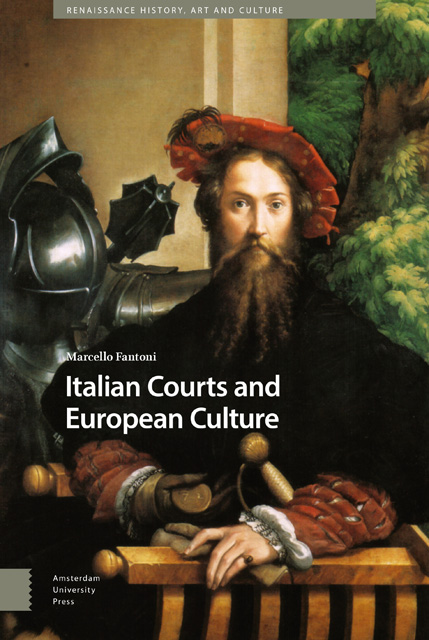Summary
The Arts Market
I say ‘arts’ because of the variety of goods circulating; proof of the desire to appropriate – through them – the beautiful, the antique, the customs, and the ways of being that might give a sovereign legitimacy and regulate his distinction. A stimulus for the art market was the feverish need to furnish new buildings. Given this circumstance, and the consequential demand for a large variety of objects, it would be misleading to conventionally distinguish between fine arts, applied arts, and luxury goods. Although the art market was linked to architecture, what was happening is also explainable in cultural terms. In fact, the mass of goods acquired was also aimed at creating canonical spaces and settings with a specific political symbolism. Furthermore, purchases also abided by the Aristotelian canon of magnificentia, as it had been revived by Galvano Fiamma in Visconti Milan and by Giovanni Pontano in Aragon Naples. It essentially consisted of spending generously in art and architecture as a fitting occupation of the monarchs. The Italian rebirth of this ancient virtue inflamed the patronage competition throughout Europe as a form of political legitimation. The kings promoted the arts and the arts glorified the kings.
These arts completed the creation of new royal residences, and heads of state everywhere aligned with the codes of Italian courts. Whether these new spaces were a gallery, a bedchamber, a garden, a library, an audience, or a banqueting hall, each of them required decorations, furnishings, and fresco cycles whose subjects and allegorical meanings were also the fruit of emulating similar ambiences and motifs in the courts of the peninsula. Imports of Italian art by the European courts remained high from the sixteenth to eighteenth century. The courts of ‘London, Paris, Vienna, Munich, Madrid, Lisbon, St. Petersburg seemed insatiable in their demand’ for Italian painting. This was ‘of incalculable importance to European culture as a whole.’ It is ‘scarcely an exaggeration to claim that between the last decades of the seventeenth century and the end of the eighteenth nearly every first-rate Italian artist provided a significant portion […] of his output to foreign customers.’
- Type
- Chapter
- Information
- Italian Courts and European Culture , pp. 135 - 176Publisher: Amsterdam University PressPrint publication year: 2022



